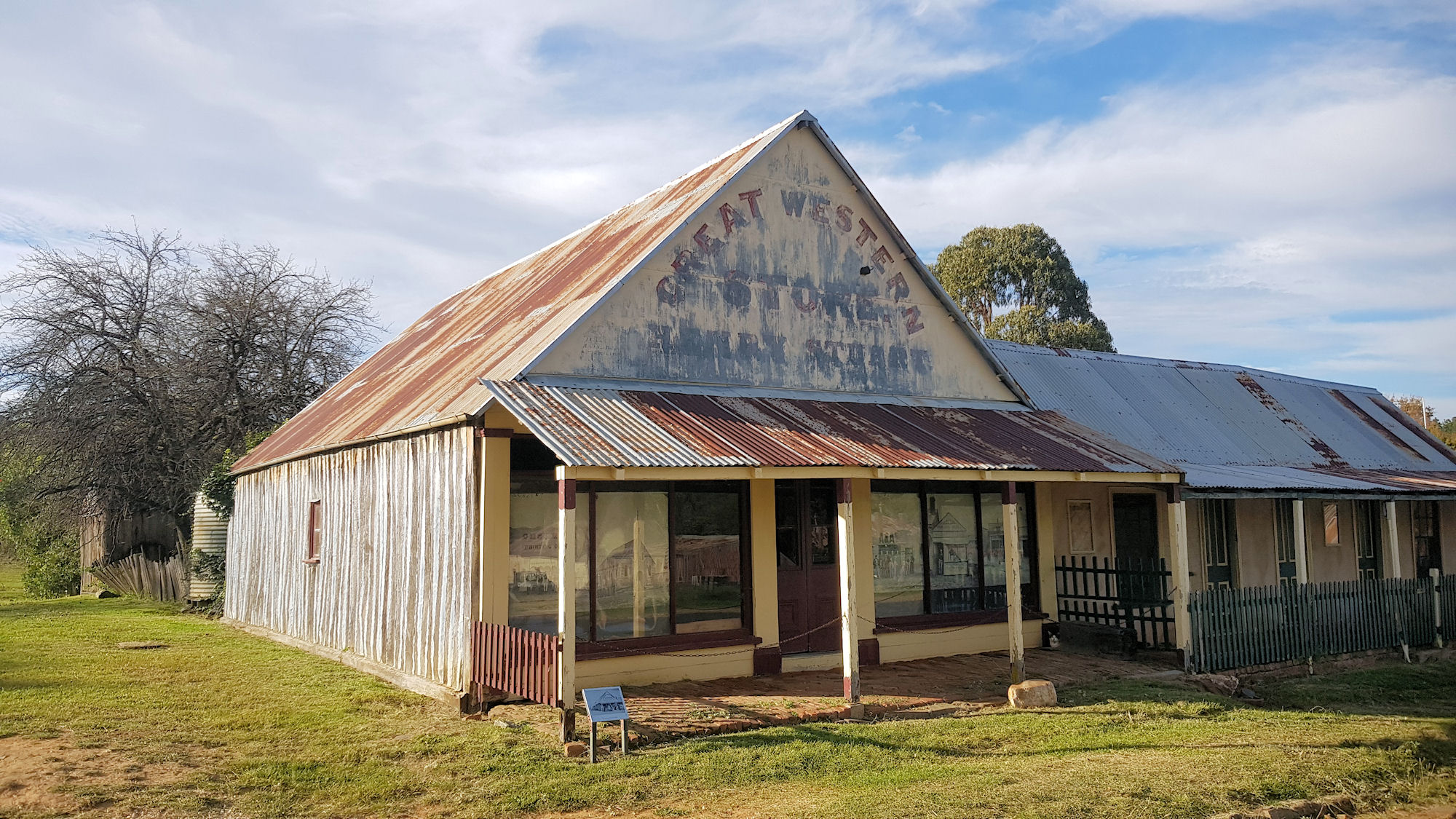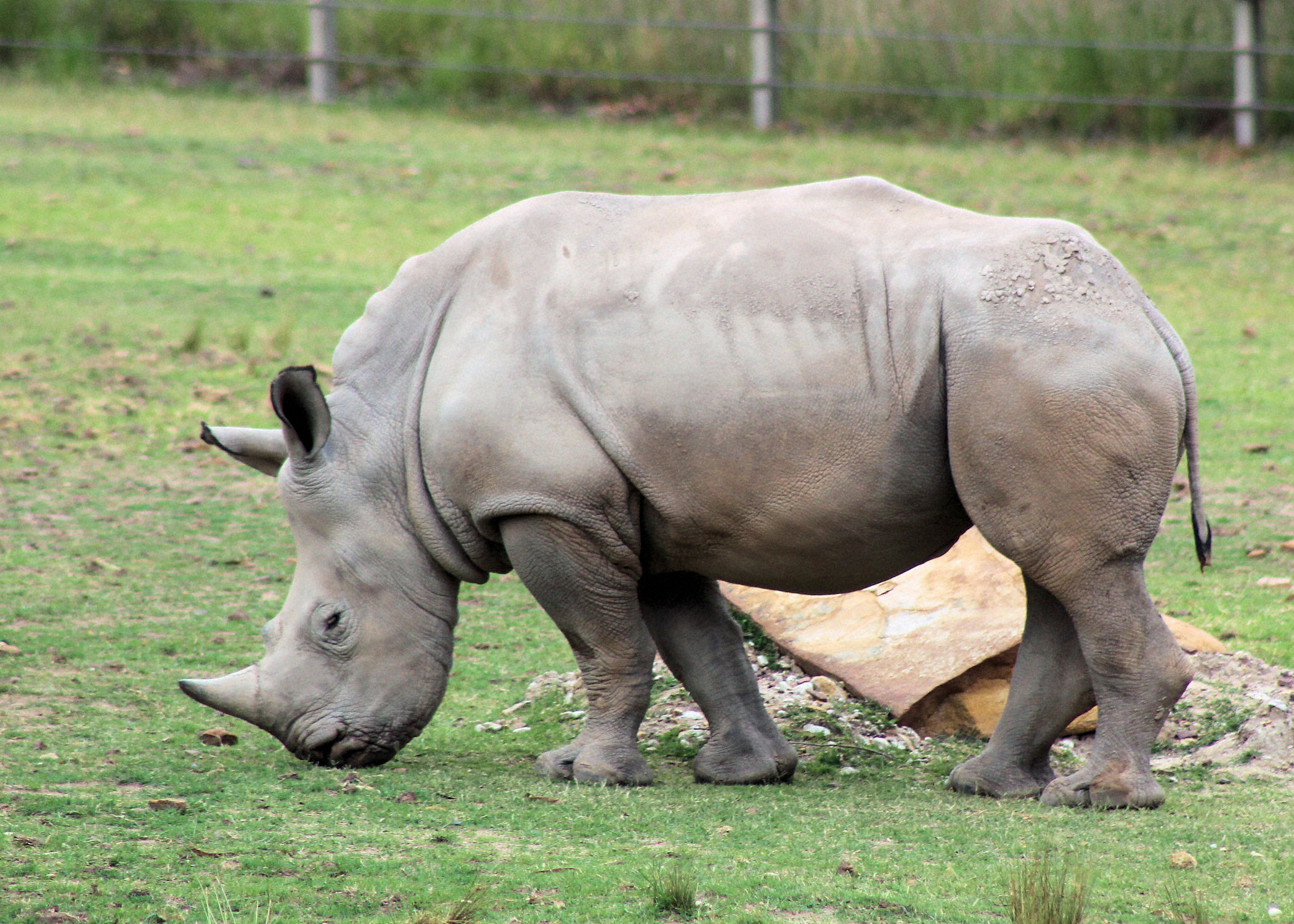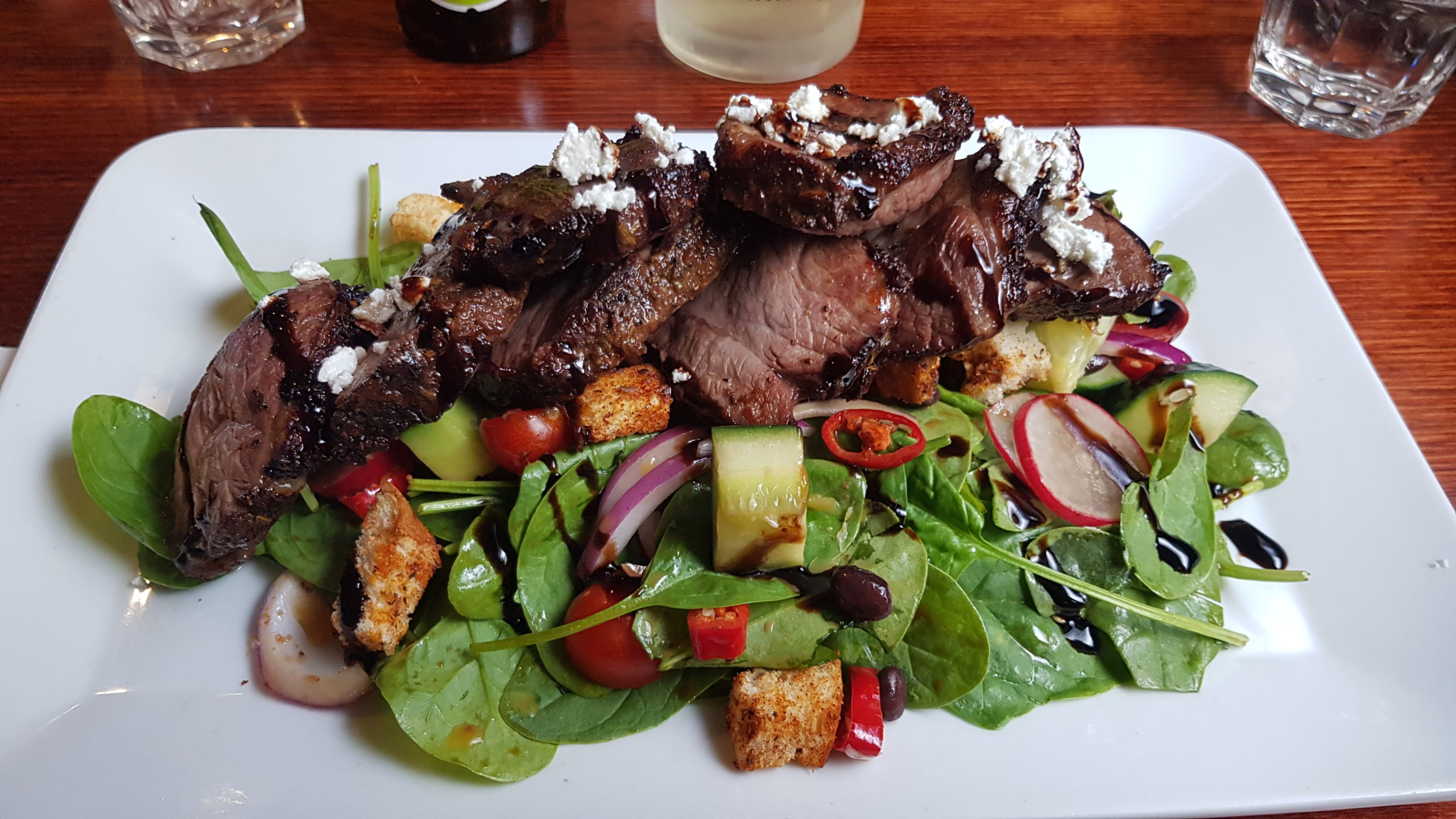Tag: Central West
-
Hill End Historical Gold Mining Town

Hill End A gold rush in the 1870s turned Hill End from a small rural village into one of the largest inland towns in New South Wales. When the boom finished, the town reverted back to a small village, however unlike other boom / bust towns many of the historic buildings remain. Now heritage listed,… Read more
-
Dubbo New South Wales Australia

Dubbo New South Wales Located in the central west of New South Wales, Dubbo was our first main stop during our road trip. A five hour car trip from Sydney, or a three and a half hour trip from our home in Singleton, stops along the way are needed. The first European settlement was established… Read more
-
Old Bank Restaurant and Bar Dubbo

Old Bank Restaurant and Bar Dubbo Looking for somewhere to have dinner in Dubbo, we found the Old Bank Restaurant not far from our hotel. Located in Macquarie Street, and completed in 1876 the building operated as a bank until 1921. From then it passed through several owners including the RSL, council and police, before… Read more